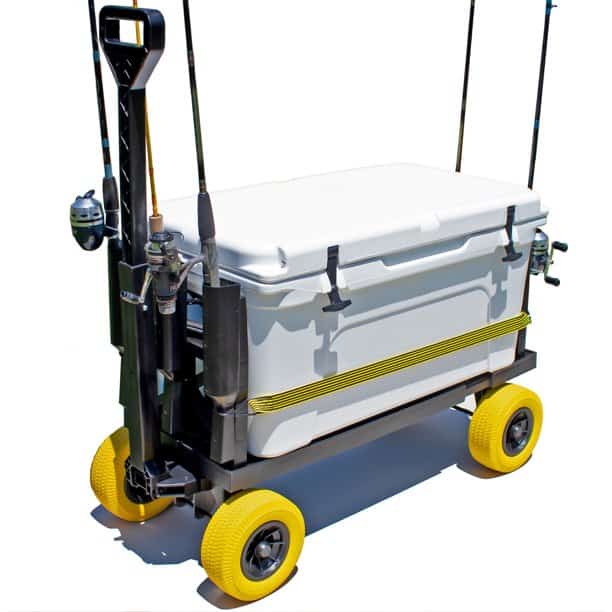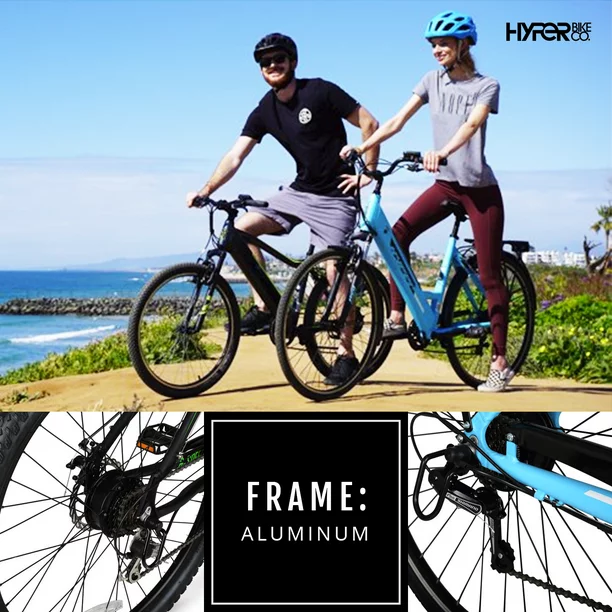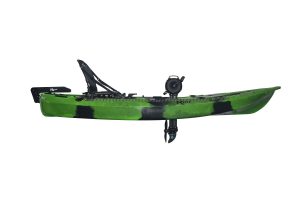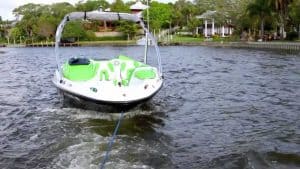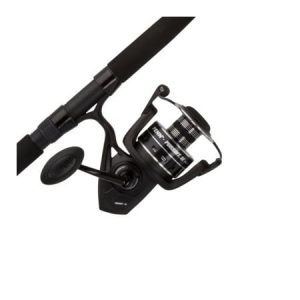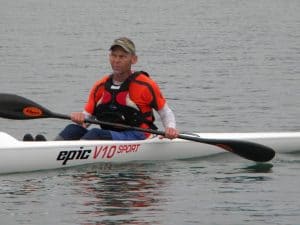Flipping your kayak in deep water can be a scary experience, but with the right knowledge and practice, you can safely re-enter your boat and get back to enjoying your fishing trip. Here’s a guide to help you prepare and handle the situation like a pro:

Prevention is Key:
- Stay alert: Always be aware of your surroundings, weather conditions, and potential hazards like strong currents or boat traffic.
- Wear a life jacket: This is non-negotiable. Choose a comfortable, Coast Guard-approved life jacket that fits snugly and doesn’t hinder your movement.
- Practice re-entry techniques: Before heading out, get comfortable entering and exiting your kayak in calm water. There are various re-entry methods, so find one that suits you best.
- Secure your gear: Use leashes or straps to secure all your gear to your kayak. Losing tackle or paddles in deep water can add to the stress.
Flipped! Now What?
- Stay calm: Panicking will only make things worse. Breathe deeply and focus on staying afloat.
- Assess the situation: Check for injuries and ensure your paddle and any vital gear are within reach. Look for nearby hazards like boats or currents.
- Empty the kayak (optional): If your kayak is full of water, consider bailing some out to make it easier to right and re-enter. Do this carefully to avoid further instability.
- Right the kayak: There are several ways to flip your kayak back upright, depending on your skills and comfort level. Here are two common methods:
- Hip Flip: Grab the opposite side of the cockpit rim and pull yourself over, flipping the kayak onto its bottom. Then, swing your legs inside and sit up.
- Paddle Float: Hold your paddle across the cockpit opening and use it as leverage to roll the kayak back upright.
- Re-enter the kayak: Choose a re-entry method you practiced beforehand. Some popular options include:
- Scramble: Climb over the side of the cockpit, using your legs and arms to pull yourself up.
- Cowboy Entry: Sit on the side of the cockpit, swing your legs in, and slide down into the seat.
- Secure yourself: Once in, grab your paddle and secure any loose gear. Take a few deep breaths and assess your situation again.
Additional Tips:
- Consider using a kayak re-entry strap or towline for easier flipping and re-entry, especially in deep water.
- Practice re-entry techniques with a partner or in a controlled environment like a pool or calm bay before venturing out onto open water.
- Take a certified kayaking course to learn proper paddling techniques, safety procedures, and advanced rescue skills.





